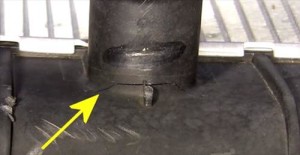
If you have a leaking plastic radiator, it can often be fixed using two main methods.
The main methods include using an Epoxy DIY repair kit or melting the plastic back together using a soldering iron.
Often when a leak is seen on a plastic radiator, many think it must be replaced when it can be repaired by a DIY type person.
Repairing a leak is an easy task that most any DIY backyard mechanic can do.
There are three ways to repair a plastic radiator.
3 Ways to Repair a Plastic Radiator
- Use a soldering iron to melt the plastic back into place.
- Use epoxy that melts into the radiator, fixing the leak.
- Solder the leak, then apply epoxy.
If you have a soldering iron, putting your soldering skills to work would be the cheapest option.
For those that don’t have a soldering iron, they are low-cost items.
Using epoxy also has good results. The epoxy melts into the plastic, sealing up the leak.
The third option is to do both soldering and epoxy, which doubles up on the leak, making it last much longer, if not for good.
How To Repair a Plastic Radiator Soldering Method
Drain the radiator if the fluid is leaking out, as the spot needs to be dry.
Clean the spot that is leaking and get any grease removed from the location. WD-40 or similar can be sprayed at the target, which cleans it up nicely.
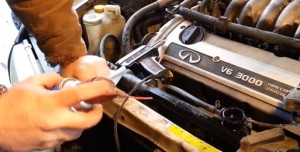
Soldering is then used to go along the leak melting the plastic back together and sealing it.
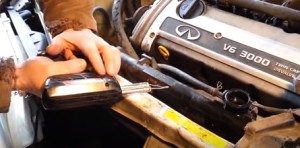
It will depend on how big the crack is as to how much melting of the plastic needs to be done.
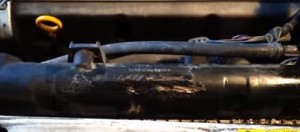
After melting the plastic, testing it to see if it is still leaking is the only way to know if it is fixed.
Often epoxy is used in combination to make sure the leak doesn’t come back.
How To Repair a Plastic Radiator Epoxy Method
Using epoxy is a common method that uses chemicals that combine to cause a chemical reaction that generates heat melting everything together.
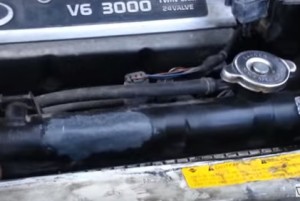
Epoxy has the added benefit of adding more material to a leak which can be a problem when the walls of a radiator are too thin.
Mixing the substances together that come in a kit is a straightforward, easy job. Be sure to follow the instructions and get the area clean before applying it.
Summary
Fixing your own radiator is a big money saver, especially when looking at replacements.
Most leaks are simple to fix and can be fixed within an hour or so.
Joints can be harder to repair, but the same principle is used. Often a joint is harder since they are in an inconvenient location which sometimes requires removing a part that is in the way.
Removing the entire radiator for hard-to-reach spots is the best way to fix it. Having good access to the problem area is ideal.
Sometimes the leak may be too big, and the radiator is damaged too much to repair, then it must be replaced.
Have you fixed a plastic radiator before? Let us know about it in the comment below.
Thanks for your thoughts. Have a Sabaru rad. tank with a 1/2″ crack. Looking for some options.
I would never advise doing any repair on cooling system, the dash temprature gauge realise on thermocouple that sits in water in cooling system, if the repair breaks and all water lost out of cooling system sensor has no water around it,so dash temprature gauge will read nothing, around 60second later engine will seze up caterstroficaly, =big bill of £100s,far cheaper to replace plastic parts on cooling system!🌡🌞
I endorse the above comment. I have replaced many engines due to the owners’ repaired radiators leaked resulting in blown head gasket and engine failures.
I have not ever repaired a radiator b4 but due to finances am going to give it a try. My car is not overheating but a hairline crack is now spewing coolant and smells hot. Do i need to drain radiator 1st?
Hi there.
My mk1 golf radiator nipple broke off. The one that connects to the overflow pipe.
Can I use pratly putty to seal leakage?